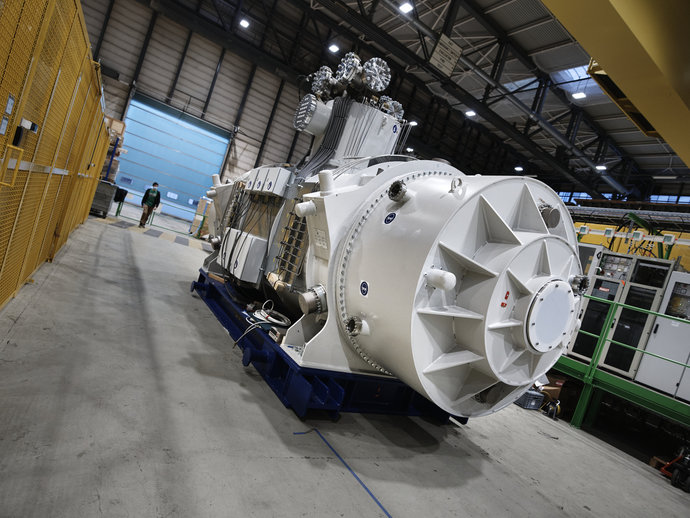
The very first superconducting magnets for NUSTAR (Nuclear Structure Astrophysics and Reactions) have been tested at the European research center CERN in Switzerland. NUSTAR is one of the four large experiment pillars at the future international accelerator center FAIR (Facility for Antiproton and Ion Research), which is currently being built at GSI.
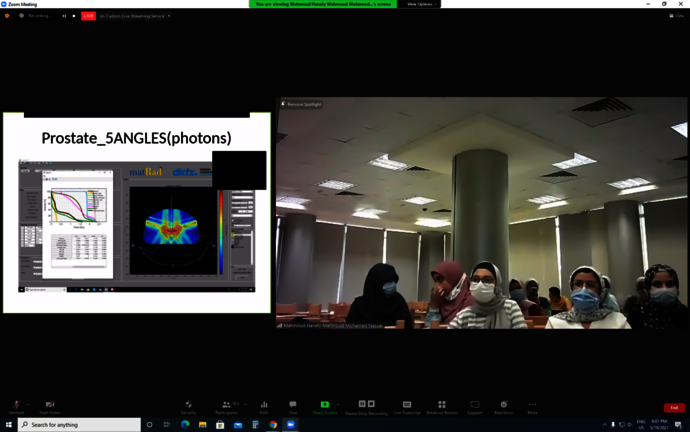
Recently, the first international Heavy Ion Therapy Masterclass (HITM) school was held online for the duration of a full week. The school focused on treatment planning in heavy ion therapy, but also covered the entire path to deliver the beam to the tumor. It was organized within the framework of the EU-funded HITRIplus (Heavy Ion Therapy Research Integration) project, a large consortium where GSI leads the Transnational Access and participates in Joint Research Activities.
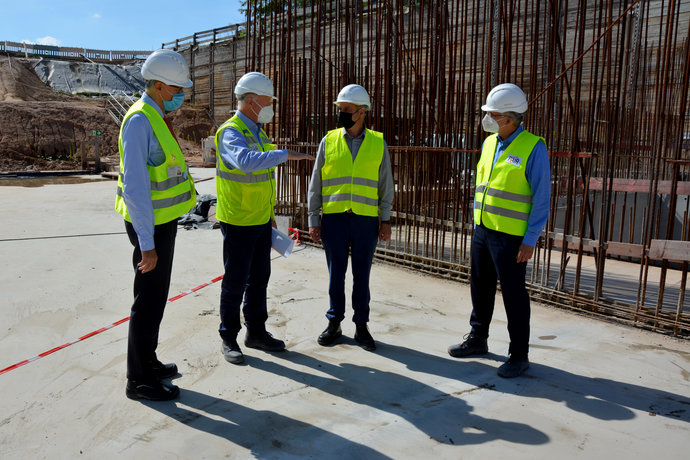
Member of the Bundestag Till Mansmann recently visited GSI and FAIR. He informed himself about the scientific activities and the progress of the future accelerator center FAIR, which is currently being built at GSI. The guest was welcomed by Professor Paolo Giubellino, Scientific Managing Director of GSI and FAIR, Dr. Ulrich Breuer, Administrative Managing Director of GSI and FAIR and Jörg Blaurock, Technical Managing Director of GSI and FAIR, as well as Carola Pomplun from the Press and Public…
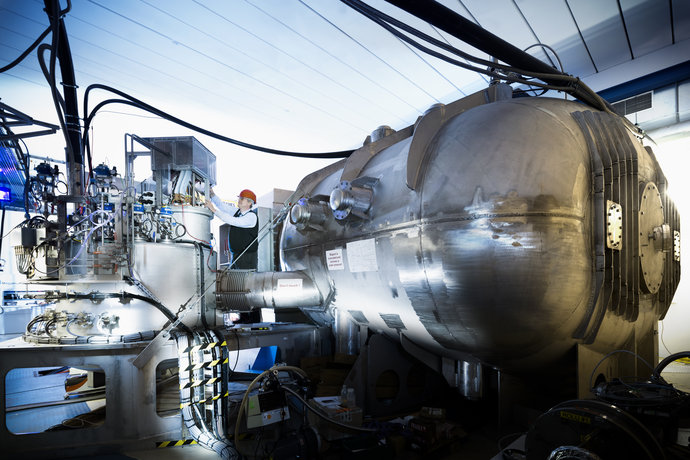
Two state-of-the-art instruments, GLAD and COCOTIER, were designed and built at the Institute of Research into the Fundamental Laws of the Universe (Institut de recherche sur les lois fondamentales de l’Univers, IRFU) in Saclay, France, recently and are now operational in the R3B experimental site of GSI. In the future, both will be used at FAIR, the international accelerator facility currently under construction at GSI.
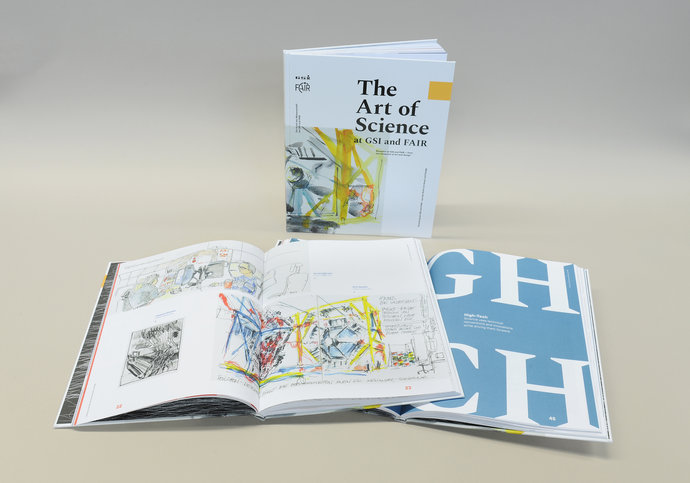
A new illustrated book shows research at GSI and FAIR from the perspective of art and design. The network of Urban Sketchers Rhein-Main and students of the Hochschule für Gestaltung in Offenbach visited GSI and FAIR and developed their individual views on the experimental facilities and the scientific topics and reproduced them in pictures. The multitude of fascinating drawings and sketches can now be admired in an illustrated book published by GSI/FAIR. The bilingual illustrated book is…
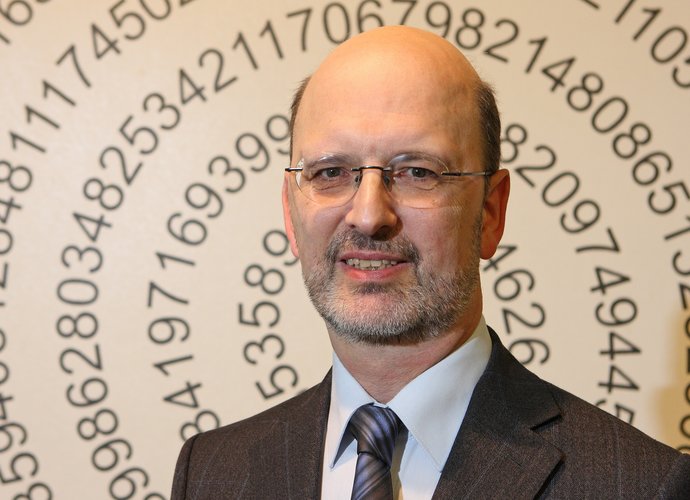
The lecture series “Wissenschaft für Alle” by GSI and FAIR will continue in online format in the second half of 2021. Interested parties can join the videoconferences via a dial-in link using a web-enabled device such as a laptop, smartphone or tablet. The program begins on Wednesday, September 15, 2021, with a talk about the number pi by Professor Albrecht Beutelspacher, Director of the Mathematikum in Gießen.
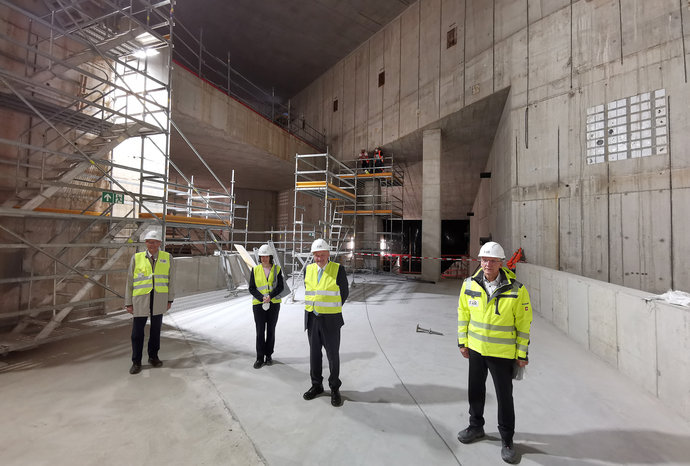
The significant progress made in the construction of the FAIR facilities and the current research priorities were the focus of the visit by Dr. Michael Meister, Parliamentary State Secretary to the Federal Minister of Education and Research, and Dr. Astrid Mannes, Member of the Bundestag from Darmstadt.
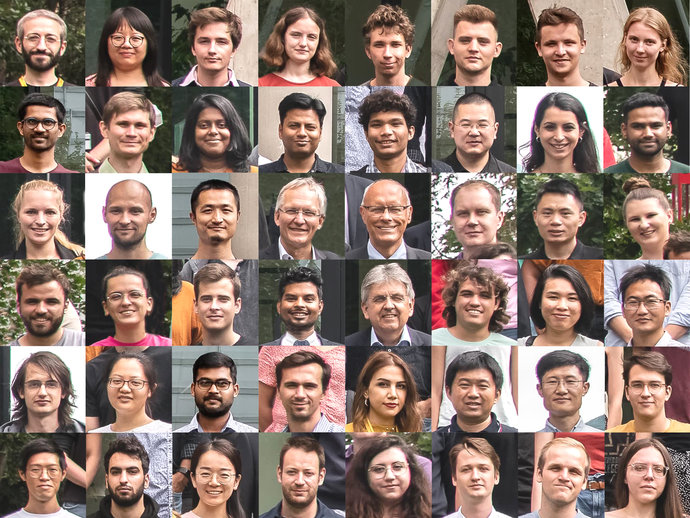
It is a very successful instrument for the promotion of young scientists: The GET_INvolved Program has attracted numerous young students and early-stage researchers from many nations around the world up to now. By the end of the second quarter of 2021, the program had secured more than 20 bilateral programs focusing on mobility, synergy, and capacity-building for young scientists from partner institutes and associate funding agencies. Recently, the management of GSI and FAIR met with the current…
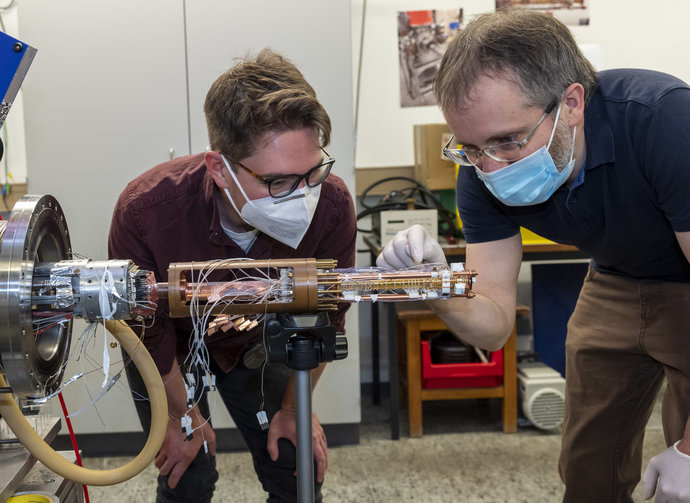
For the first time, physicists have succeeded in successfully realizing a new method for cooling protons using laser-cooled ions - in this case beryllium ions. The innovative feature of the new system is that the two particle types are located in spatially separated traps. This means it is now possible to provide the cooling effect with the help of an electrical resonant circuit over a distance of nine centimeters from one trap to the other. The team at the PRISMA+ Cluster of Excellence at…












